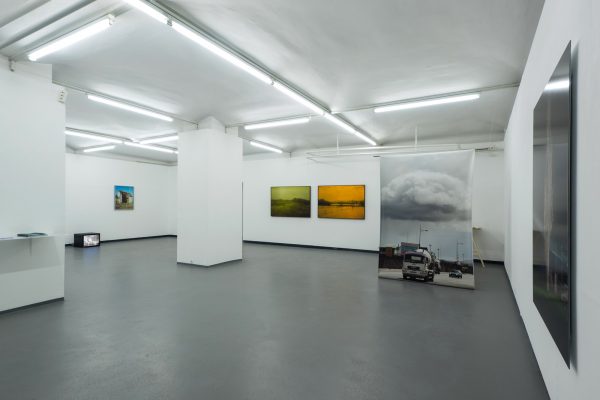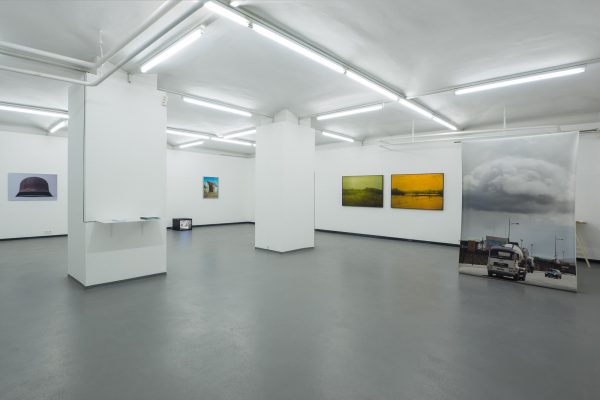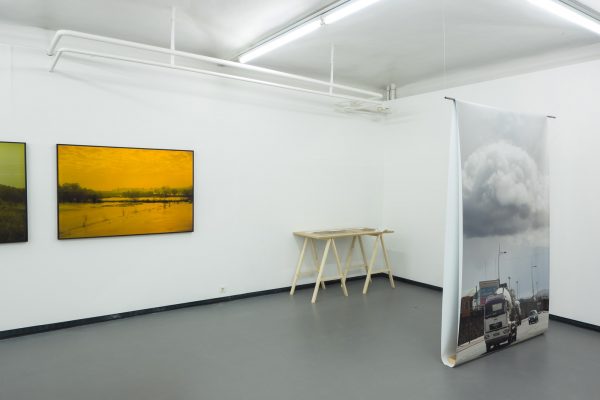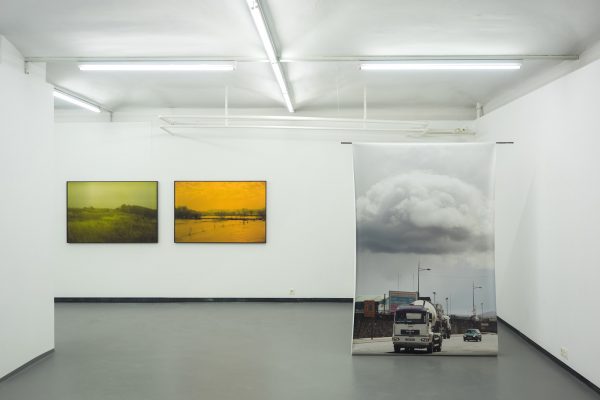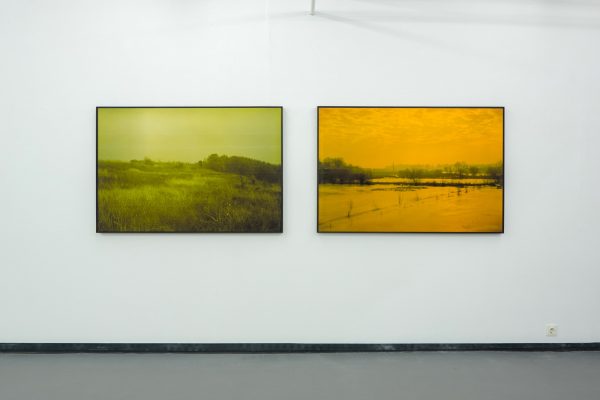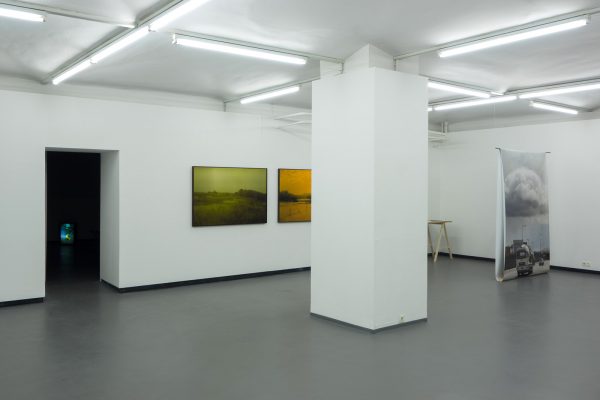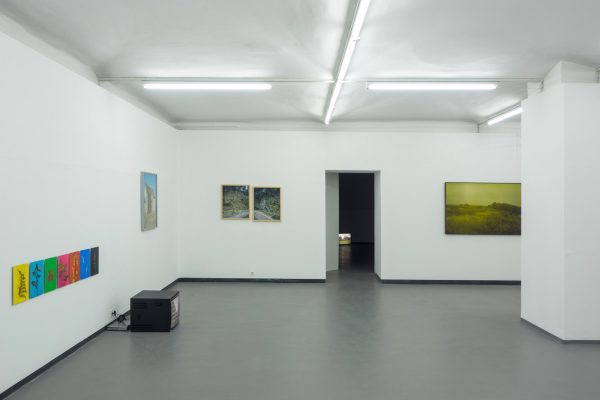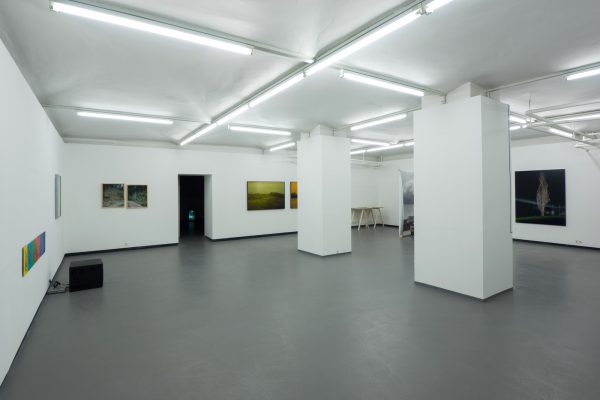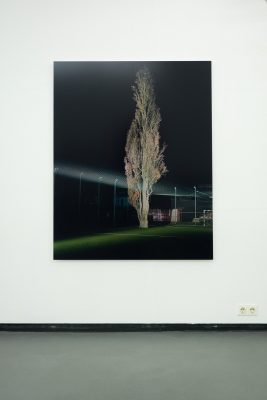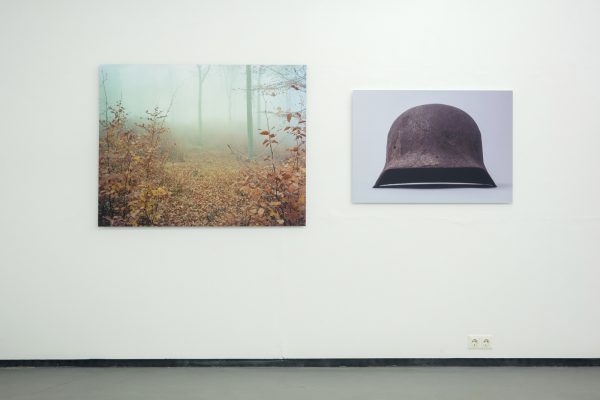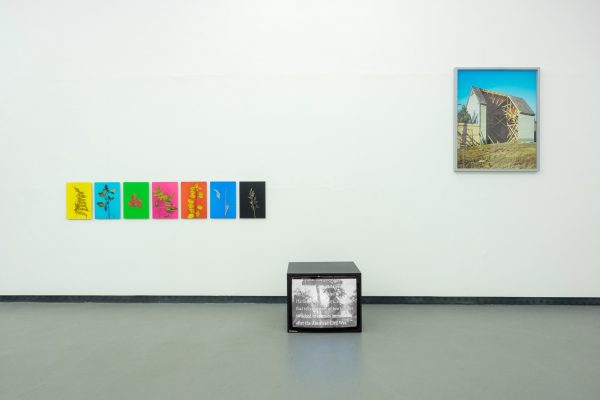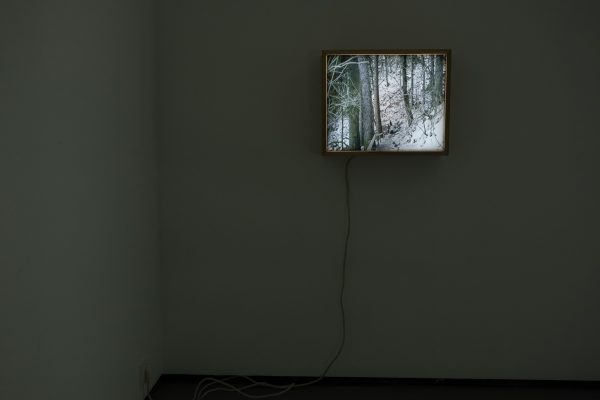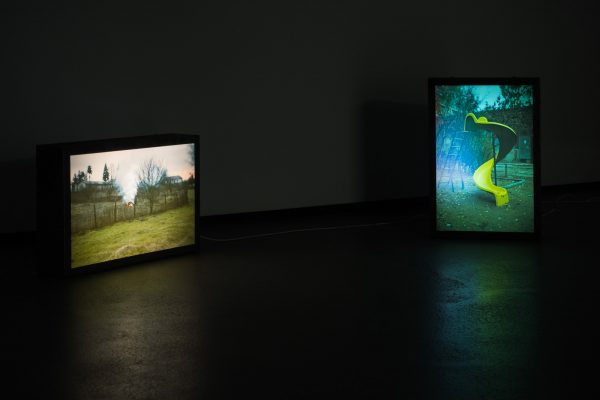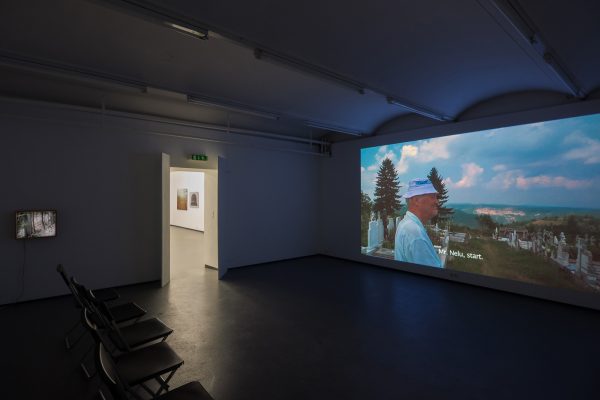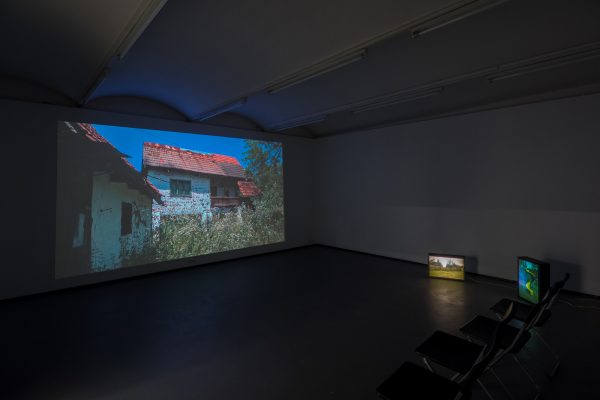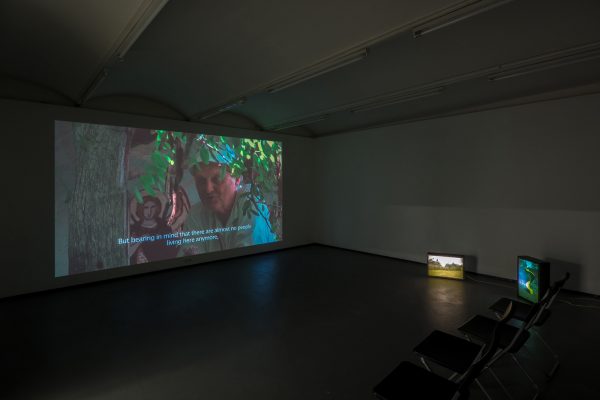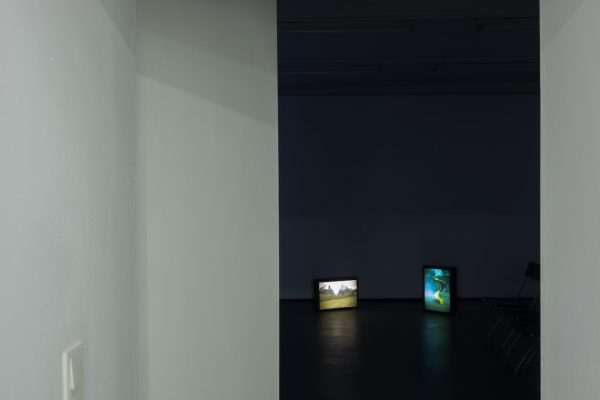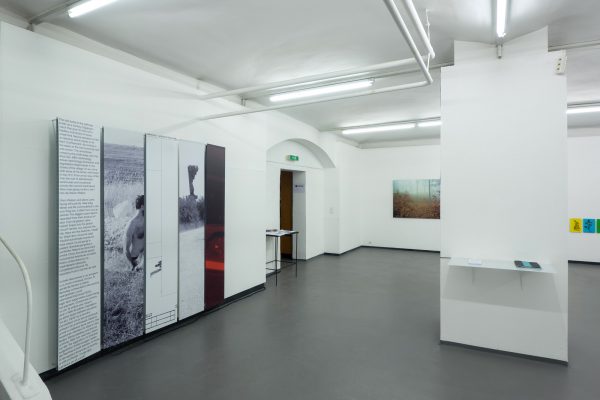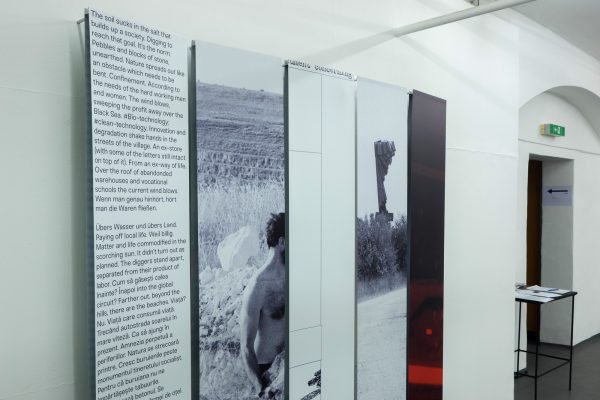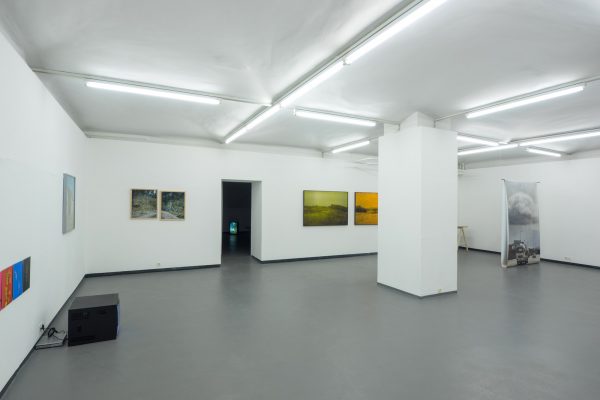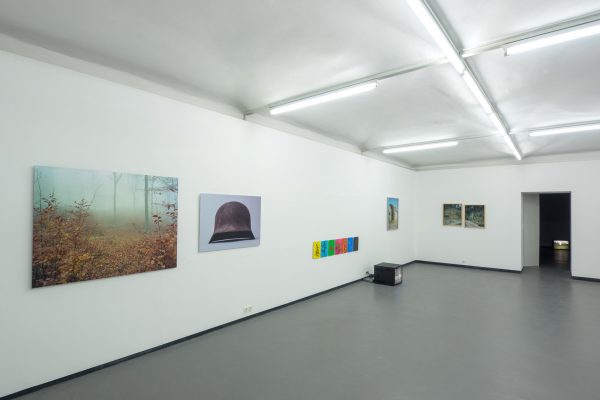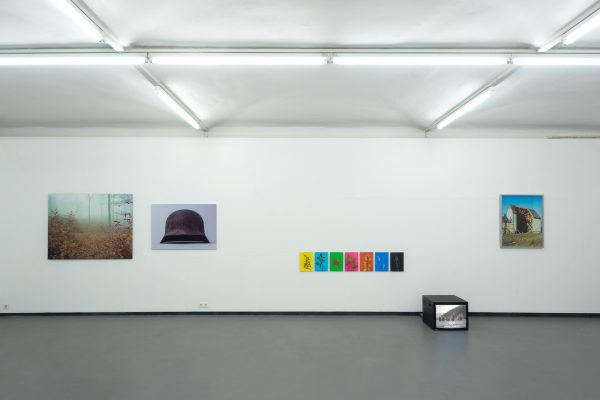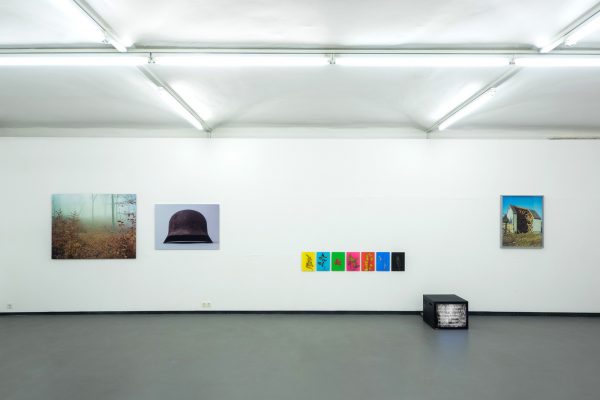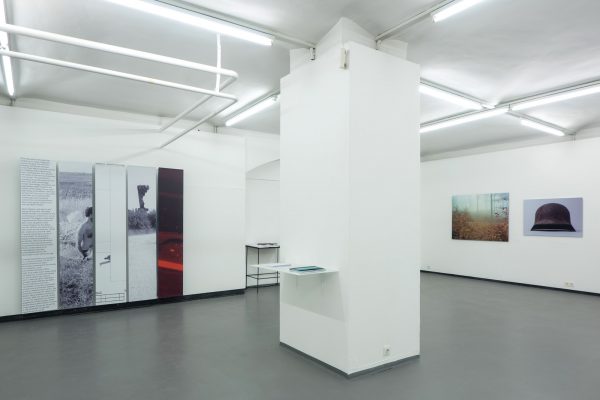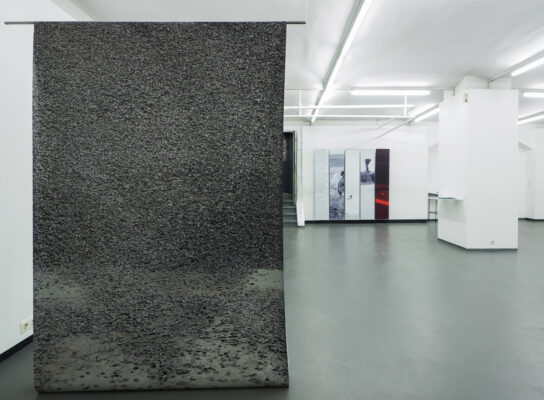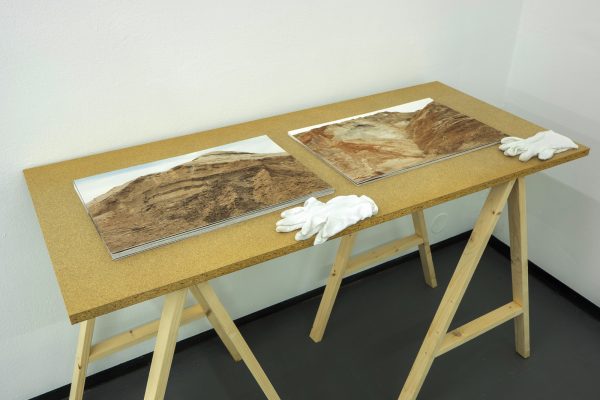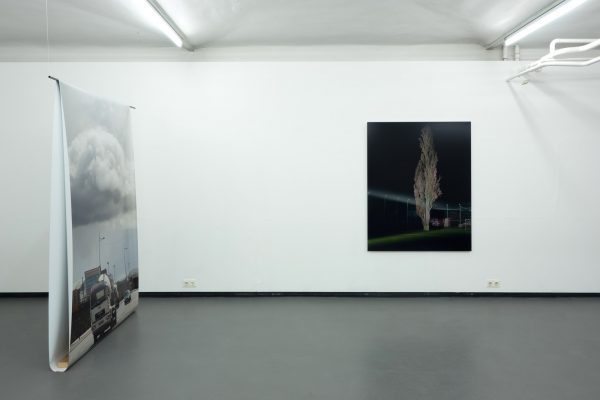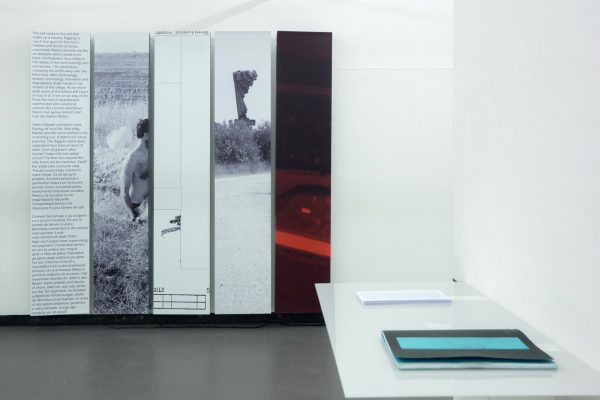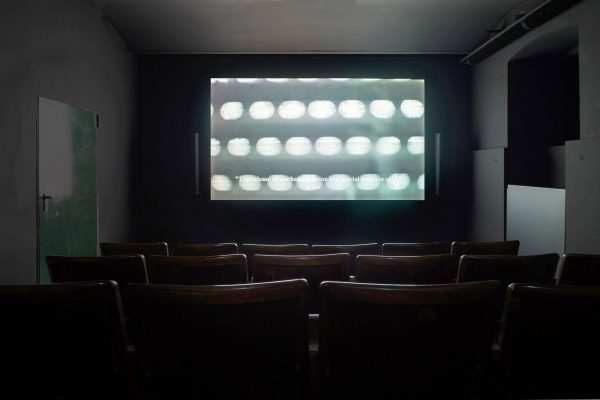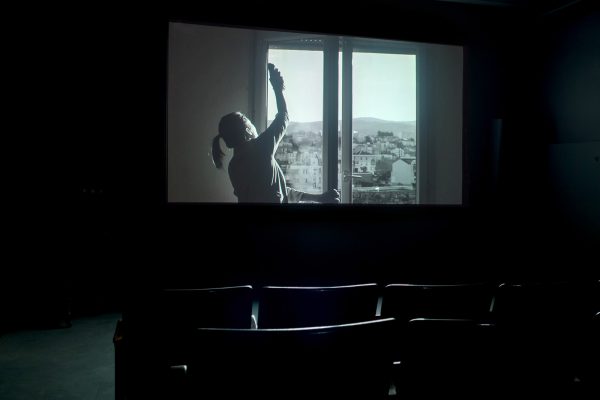Opening: Monday, 3 September, 7 p.m.
Introduction: Alexandra Manole, curator Galeria Posibilă, Bukarest
Accompanying program: Saturday, 22 September, 3–10 p.m.
KAMMERSPIEL, Romanian Filmspecial dealing with landscape, curator: Ana Szel
Screenings, Talks
sponsored by: BKA Österreich; MA7-Kultur; Cyberlab, Rumänisches Kulturinstitut Wien
Galeria Posibilă was founded by Matei Câlția in 2003, being one of the first private galleries in Bucharest. It soon became a space where photography is supported, produced, exhibited and promoted. Preoccupied with the studying and understanding of landscape, the curatorial program of Galeria Posibilă presents artists whose works are concerned with subjects such as identity, transformation and memory. In order to promote the artists’ works, Galeria Posibilă is also supporting publications such as artists´ books and catalogues – a strong contribution to advance the art publication sector in Romania. Also here the subject is as in almost all the gallery´s exhibitions nature and landscape in photography. In 2011, „Biblioteca de galerie“ was founded, a source of inspiration for students and artists specialised in the field of landscape theory and practices related to nature.
Focus on landscape: “Landscape is one of the media through which the question of our relation to the external world, and our presence in it, is put in play” (Denis E. Cosgrove). The strong relation with landscape draws upon research and questioning of our personal thoughts and values as well as those given by the community or nation. Hence it develops the artists’ need to search for answers, as well as to generate discussions and ask questions on the subject of space, place and landscape.
The exhibition of Galerie Posibilă at FOTOGALERIE WIEN will present various ways in which landscape can be perceived, shown or understood: from an aesthetic and ecological perspective; landscape in relation with time, history and memory; landscape as a narration from a personal and collective perspective. The exhibition is an invitation to explore how landscape is perceived and reflected upon these days. It will be supplemented by a film-screening as well as by the presentation of artists´ books and publications on Romanian landscape photography.
The landscapes of the photo series Temporary Landscapes by Bogdan Bordeianu are deserted views of rock and earth formations. The artist is interested in the changing of landscapes through the reciprocal shaping by man and nature. In this long time process, society sort of writes its autobiography into the landscape. The beauty of these places – even though dystopian – has attracted Bordeianu: irony of fate that this beauty ultimately derives from human carelessness.
Lucian Bran has explored another landscape with history in his installative project Borrowed Territories, in which photography is the dominant medium – a “borrowed” landscape from the film set of the US mini-series Hatfields & McCoys (2012). Bran’s calm photographs which contrast with the moving images of the TV movie, show no people or actors. They point out the pure landscapes, without any visual indication of what has happened there. This defines Bran as an artist using photography as a medium for questioning. Located between naturalness and artificiality, the pictures pose questions about the relationship between aesthetics, symbolism, space, history and economy.
On a similar topic, Michele Bressan and Bogdan Gîrbovan redefine landscape in their work Romanian Archeological Photography Index (R.A.P.I.): landscape as documentation and starting point for studies. For the project R.A.P.I. they worked as archaeologists: they searched and found – with the help of metal detectors – in Romanian landscapes objects of the First and Second World War, which they also excavated themselves. The work consists of three levels: the photos of the landscapes in question, the images of the objects in situ and staged in the studio. The photographs as well as accompanying texts are also summarized in a preliminary artist book, a first publication of the project in progress.
In the video Picturesque, Irina Botea Bucan deals with the questioning and visual definition of the term „picturesque”. The film was made during a trip by the film crew (camera: Nicu Ilfoveanu and Toni Cartu) with 75-year-old Mr. Nelu, a tourist guide and freelance author of the magazine “The Picturesque Romania”, through deserted villages, mines and factories in Transylvania. Mr. Nelu was asked to define his understanding of the word “picturesque” so that the film crew would be able to visualize it “correctly”. The text which comes along with the film images thematizes the issue of the tourism-promoted image of an idyllic, conflict-free and easily consumable landscape.
The large-format photographs of the series Old Trees, a complex research and art project by Florin Ghenade, which includes not only photographs but also videos and sound-pieces, show surreally illuminated old trees in Romania at night. Ghenade´s understanding of landscape is based on the combination of aesthetic, ecological and anthropological aspects. The extremely “beautifully” photographed trees, staged and de-contextualized by their natural environment, nevertheless tell their stories – a game with the possibilities of photography to conceal and show something at the same time.
The interest in the medium of photography as well as a gift box camera – an old Zeiss Ikon Box Tengor – were the starting point for Nicu Ilfoveanu‘s photo project, Steampunk Autochrome. The photographs show industrial landscapes on the outskirts of Bucharest; they are meant to be “counterparts” to the common pictures of these places as Ilfoveanu immerses the ugly and dirty industrial areas in an almost romantic setting. He has achieved this through the special technique of the box camera as well as through filters, special lenses, scans and pigment prints. The photos seem to originate from another time and for Ilfoveanu they evoke memories of the neighbourhood in which he grew up.
Mihai Şovăială and Valentin Cernat are interested in the memory and history inscribed in landscapes; their black-and-white photo series 4m3 and the resulting artist´s book are about the historic Danube-Black Sea Canal. The work is based on fieldwork and re-enactment (in Vienna with Ovid Pop), trying to extract something from a place that is no longer visible. They have tracked down CIA reports of the construction of the Romanian section of the canal, reporting on forced laborers, political prisoners, who were murdered nearby (in a colony in Poarta Albă) and buried in mass graves just below the excavation of the canal. The re-enactment consisted of the ritual excavation of a four-cubic meter ditch by the artists, understood as a symbolic act in memory of the forced laborers.
Ana Țaran, on the other hand, shows a very intimate understanding of landscape in the video Behind the Moon. The title refers to her small retreat as a student with which the film begins. The video is a collage of very personal, atmospheric black-and-white images of the artist, in which she is mostly seen in a fragmentary way, either hidden or from behind, combined with colorful images of Switzerland. Țaran is interested in self-observation as well as in questioning the relationship between identity and space or landscape. In doing so, she preceeds from countries in which she actually lived, while Switzerland, a sort of place of longing, is presented here as an idealized, fantastic landscape.
Alexandra Manole, Petra Noll-Hammerstiel, for the collective
